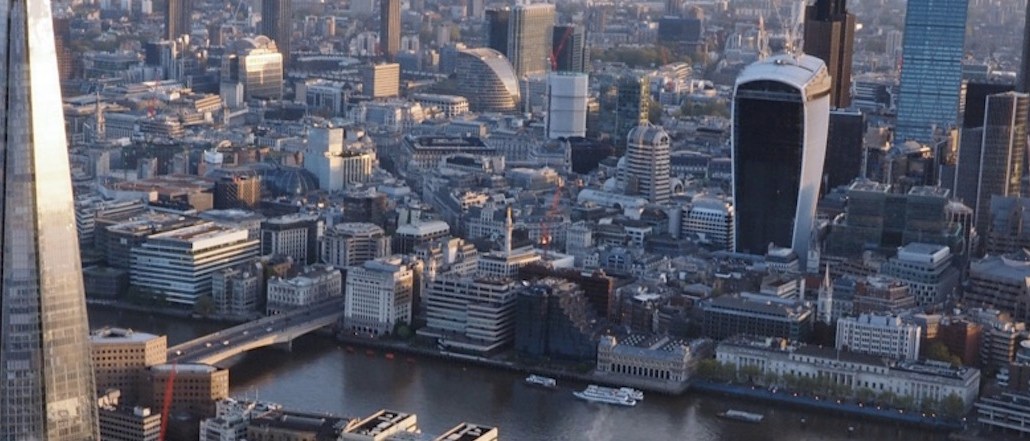
London’s Soho neighborhood — gritty, boozy and dripping with culture — was once the epicenter of agency life. However, as rents skyrocket and sex shops make way for artisanal pastries, many industry folk have reconsidered the benefits of W1.
The companies left in the area include those that had the foresight to lock in cheap rent, those that refuse to betray their Soho-loving founders (BBH) and those that couldn’t care less because they’re probably about to IPO (Snapchat). But they are fewer and fewer in number.
The exodus from central London has been a long time coming. But recently, it has been accelerated by the likes of Omnicom, Ogilvy & Mather Group and Havas Media Group as they unite all their various agencies under one roof in Southwark and King’s Cross respectively. Now, London’s map of adland looks mighty different to how it did 20 or even 10 years ago. Not least because you can’t point to it anymore.
One of the first places that creatives roosted post-Soho was East London, the home of tech startups, street art tours and warehouse parties. After Mother and Wieden & Kennedy, others chased the cool factor and, ergo, cool creatives, the lifeblood of any agency. And this year Huge and R/GA joined their ranks.

Looking south, more agencies have now joined SE1 stalwarts Iris Worldwide and ITV by the bank of the River Thames, now home to a vibrant parade of galleries, theaters and other cultural venues. Ogilvy & Mather Group was the latest to join London’s South Bank this year when it moved into the Sea Containers building, a stone’s throw from the Tate Modern Gallery, from Canary Wharf.
“Much as I love Soho, I don’t think it’s been the heart of adland for some time,” said Annette King, CEO of Ogilvy & Mather Group U.K. “For years, now, agencies have been migrating to other creatively thriving parts of London, East and North predominantly. Now we can add South to that.”

Part of the draw of SE1 is the potential to own an area while it’s mid-rejuvenation. “A place where old meets new and agencies can find themselves inspired at every corner,” said King. Apple’s move into the former Battersea Power Station has further cemented the area’s media hype.
But the tech giants are also looking north too, with Google’s sprawling new 365,000-square-foot office set to open sometime in 2017. Havas Media Group is moving all of its agencies under one roof — in the style of its Manchester “village” — right next to Google’s new HQ. Paul Frampton, CEO at Havas Media Group U.K., said the office’s proximity to The Guardian, Google and high-profile art college Central Saint Martins was a plus point.

“The company you keep and the community you’re in is just as important as the place you select,” he said. “I always think once you get a few big businesses creating a storyline, others will follow. I hope there will be a startup community created here soon.”
Frampton denied the decision to relocate Havas’ agencies to King’s Cross was a financial one. The regeneration area, which envelopes the Central Saint Martins campus, also features a new pop-up theater and a growing restaurant quarter. Another plus for Havas is the Eurostar rail links to Paris, where its global headquarters is based. “Gone are the days of having beautiful offices behind closed doors. It’s about being among the people. It’s about being close to culture,” he said.

More in Marketing

Pandora is betting on AI agents to scale service and emotional selling during the peak holiday season
Pandora is using AI agents to scale customer service and replicate emotional in-store selling online, just as peak season puts pressure on margins and teams.

Rembrand’s CEO wants to grow virtual ad placements in streaming, and he’s looking elsewhere for models
Omar Tawakol wants to improve advertising within the streaming world, and is working with advertisers and publishers to improve that experience.

Marketers are keen to use generative AI in ad campaigns, but hidden costs lurk
Marketers across the industry want to use AI to cut down on time spent in creative production. It’s not so simple in practice.








